The Strad Calendar 2023 showcases twelve fine instruments owned or played by Australians. Christian Lloyd takes a look at the treasures to be found Down Under
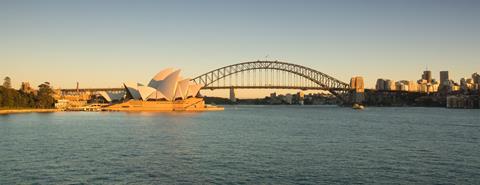
Order your copy of The Strad Calendar 2023: The Australian Collection here
Discover more lutherie articles here
On 20 July, Sydney Opera House reopened to the public following a two-year, AUD150 million renovation. The performance of Mahler’s ‘Resurrection’ Symphony was a testament to the Australian classical music sector’s resurgence after the pandemic; audience numbers are now returning to pre-2020 levels across the country, while the demand for digital offerings in the past two years led to innovative solutions: the Australian Chamber Orchestra (ACO) released a series of online ‘StudioCasts’ in 2021, while the Melbourne Symphony Orchestra (MSO) now offers a year-round streaming service called MSO Live. Most recently, the Australian String Quartet (ASQ) has launched ‘ASQ On Demand’, featuring documentary-style videos alongside talks and performances. With ten professional full-time orchestras across the country, the Australian classical sector is keeping up its reputation for fresh, exciting work, while respecting its musical heritage: thanks to philanthropists, foundations and instrument loan schemes, its artists and ensembles are performing on some of the finest instruments ever made.
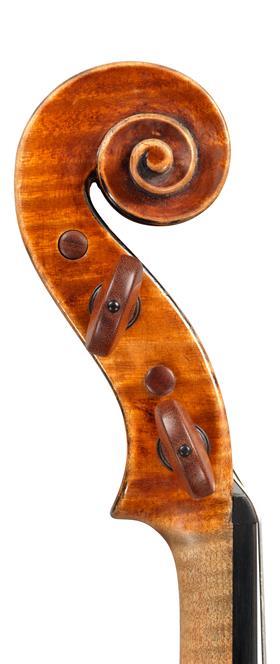
Ten of the string players in the ACO, for example, currently perform on ‘golden age’ instruments, all either owned by the orchestra, on loan from private benefactors, or part of the ACO Instrument Fund. Established in 2011 as a way for patrons and investors to participate in the ownership of a bank of historic stringed instruments, the Instrument Fund had as its first acquisition a 1728/29 violin by Antonio Stradivari. Also the first ever Stradivari played within an Australian orchestra, it is a composite of two instruments made by the renowned luthier in 1728 and 1729, with the original front of one violin joined with the back and sides of another. The back is made from one piece of maple, beautifully flamed with quite a lot of original varnish remaining. The instrument has powerful projection and evenness of tone throughout its full range, with equality across all four strings. It has a rich, well-projected lower register on the G string, and a finely balanced middle register that soars to a sweet-toned, singing upper register that exudes warmth and brilliance. Originally in the hands of ACO principal violinist Satu Vänskä, it is now played by Mark Ingwersen.
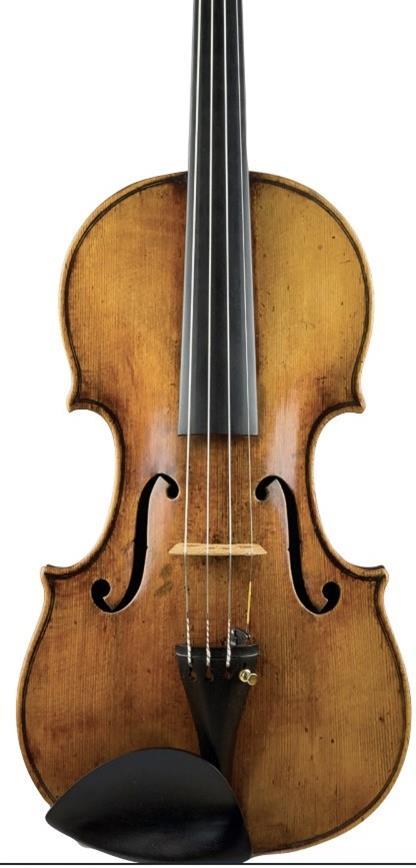
Another of the Instrument Fund’s assets is a 1714 violin by Giuseppe Guarneri ‘filius Andreae’, formerly owned by the famed British violinist and teacher Isolde Menges. Only around 250 ‘filius Andreae’ violins survive, but what makes this example more unusual is that the maker’s son, Guarneri ‘del Gesù’, is also likely to have had a hand in its crafting. The back is made from one piece of slab-cut maple, with a different piece used for the ribs and head. The front is of fine-grained spruce, opening slightly on the flanks. The orange–red varnish is in good condition and the violin is in a fine state of preservation. It has a dark, soulful sound, capable of great sweetness, and is currently being played by the ACO’s Maja Savnik.
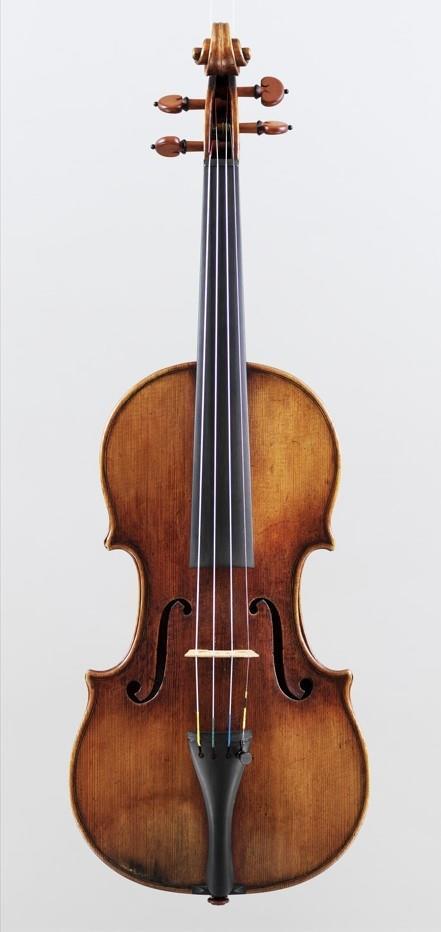
The ACO is fortunate to have another ‘filius Andreae’ instrument in its collection: a cello. Like the 1714 violin, the hand of ‘del Gesù’ is also visible in its carving; it is understood that the father worked on the cello until he fell ill in 1729, when his son took over. This two-stage approach is made apparent when the top of the instrument is compared with others also produced by ‘filius Andreae’. That makes this example one of only two known cellos completed by ‘del Gesù’ during his lifetime. The instrument joined the ACO after it was discovered in London by principal cellist Timo-Veikko ‘Tipi’ Valve, where both musician and instrument formed an instant friendship. The ACO was gifted the instrument in 2016 from the philanthropist Peter Weiss. Its current player is Julian Thompson.

The c.1585 Gasparo da Salò double bass is the oldest instrument currently played in the ACO. It is believed that the decorated bass may have had only three owners: its earliest known provenance is the Augustinian abbey of Neustift in northern Italy, where it may have resided for hundreds of years. The abbey was bombed during World War II but miraculously the instrument survived. It was sold to German bass player Günter Klaus in 1970 and then in 2012 it was purchased by an anonymous benefactor, joining the ACO’s family of instruments as the oldest instrument at over 430 years of age. The wood used for the front of the bass came from a 250-year-old tree, making parts of this beautiful instrument around 700 years old. It has an uplifting, resonant sound and is now being played by the ACO’s Maxime Bibeau, who says: ‘You can really hear and feel the maturity of the instrument. As well as having an incredibly beautiful and robust tone, it has a large sub-woofer like quality that lifts the sound of the orchestra to another level.’
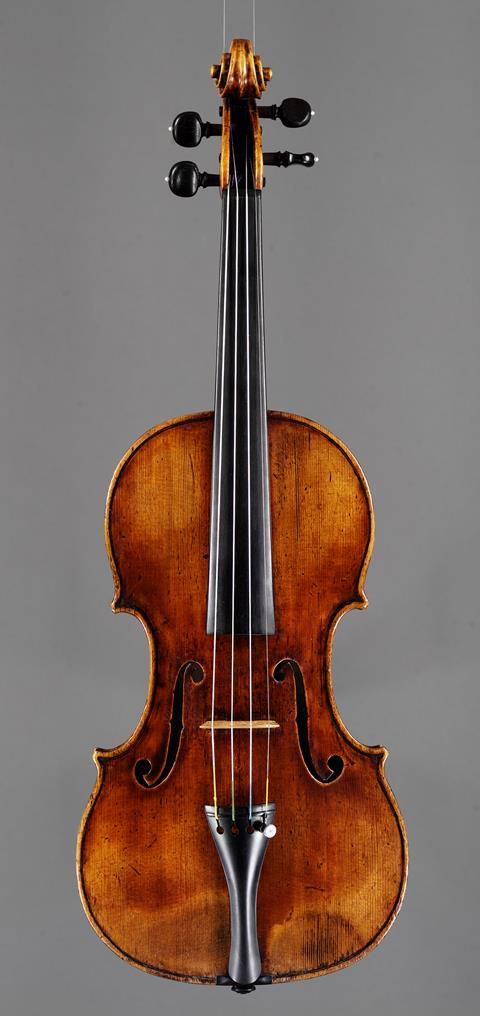
Finally, the 1743 ‘Carrodus’ violin by Guarneri ‘del Gesù’ is regarded as one of the supreme achievements of the luthier’s career. With a sound richer and broader than most violins, it is now on loan to the ACO from anonymous benefactors and is played by ACO artistic director Richard Tognetti. It is named after the 19th-century violinist John Tiplady Carrodus, a pedagogue at London’s Royal Academy of Music who also performed at the Covent Garden opera house. Carrodus in fact owned two Guarneris, although this was his favourite: ‘It is said, by the way, to have belonged to Paganini, and to have been gambled away by him, and called the “Cannon Joseph” on account of its powerful tone,’ he once wrote. ‘The varnish is in splendid preservation and dark red in colour; the other violin is almost as fine in tone, but artistically not so beautiful to look at.’ The instrument was later owned by the Austrian virtuoso Ossy Renardy, and was with him on the night he died in a car accident in 1953.
The 1743 ’Carrodus’ is regarded as one of the supreme achievements of the career of Guarneri ’del Gesù’
Order your copy of The Strad Calendar 2023: The Australian Collection here
Discover more lutherie articles here
Since 2017 the musicians of the ASQ have been performing on four instruments by Giovanni Battista Guadagnini. It’s the result of a project begun in 2009 by philanthropist Ulrike Klein, who passionately believed that a quartet from Australia would need to have top-quality instruments in order to compete with other groups on the world stage. Having decided against collecting Stradivaris, she settled on Guadagnini, tracking down four with very distinct tonal qualities, but which blend together perfectly. It took two years to find the instruments, and a further six to raise more than AUD6m to complete the purchase. Along the way Klein founded ‘UKARIA’, a not-for-profit cultural institution that holds the instruments in trust and presents an annual programme of 50 concerts in its purpose-built hall in the Adelaide Hills, South Australia. Since the project’s inception the instruments have been on loan to the Australian String Quartet, currently in residence at the Elder Conservatorium at the University of Adelaide.
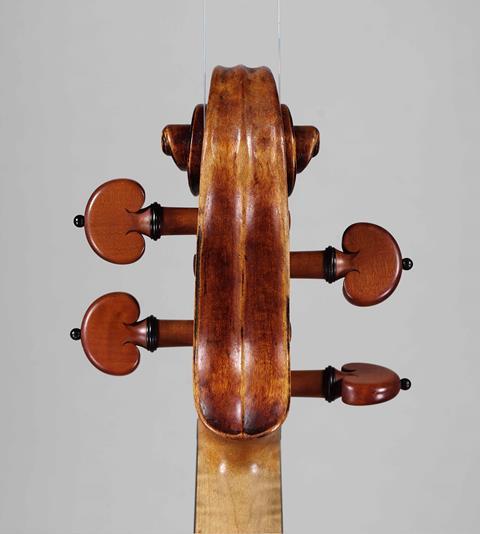
The first acquisition was a 1784 violin made during Guadagnini’s Turin period. One of the last instruments made by the luthier, who died in 1786, the violin has a miraculously intact varnish and an excellent soprano sound with great projection. ‘I think it’s like a peacock in personality,’ says its player, ASQ first violinist Dale Barltrop: ‘spectacularly colourful, loud and proud, asserting itself with presence and command.’ It is paired with an older instrument from 1748–49, made during Guadagnini’s Piacenza period, and which has a deeper, darker sound that blends perfectly with its younger cousin. The next acquisition was a Turin viola from 1783, and finally came a cello from c.1743. Nicknamed ‘Ngeringa’ after the farm owned by Klein, the cello also comes from Guadagnini’s Piacenza era. Of 466 instruments known by the maker, only 39 are cellos, so it was fortunate for Klein that a perfect example came up for sale just a year after the other three instruments. It’s lucky also that Guadagnini was making cellos at all: for some reason, cello making fell out of favour in Cremona following Stradivari’s death in 1737, which left a gap in the market that Guadagnini was able to fill in Piacenza, just 25 miles to the west. At that time he was also connected with the influential cellist Carlo Ferrari, which may also have brought him some commissions.
Since completing its quartet project, UKARIA has continued to acquire the occasional instrument. One such is the 1859 ‘Karrman’ violin by Jean-Baptiste Vuillaume, acquired in January 2022 and now on loan to soloist Kristian Winther. One of the best-preserved Vuillaumes in existence, it is a very close copy of a ‘golden period’ Stradivari, possibly the 1715 ‘Alard’, given the positioning of the f-holes and the wear pattern on the back. In addition, it has full arching and unusually wide purfling, all reminiscent of a ‘golden period’ Stradivari. It is also known that the ‘Alard’ was in Vuillaume’s possession at the time. Some antiquing work is visible in the corners and below the bridge feet, as well as some deliberate wear on the upper back edge of the pegbox. The violin is covered in a thick golden orange varnish.
Klein believed an Australian quartet would need top-quality instruments to compete on the world stage
In addition to its MSO Live online series, the Melbourne Symphony Orchestra has had a facelift in the form of a new chief conductor: Jaime Martín joined the ensemble in 2022. Its principal violist Christopher Moore is also the creative producer of the MSO Chamber Series, featuring MSO musicians (and friends) in intimate performances throughout the year. Moore has been playing a c.1610 Maggini viola, on loan from a benefactor, since he was playing with the ACO. This large and beautiful-sounding viola features a one-piece spruce front with unusually wide grain. The back is also in one piece, slab-cut from handsomely figured and flamed maple. The scroll is original. The varnish is a rich dark orange–brown laid over a lighter golden ground. Like most of Maggini’s early violas it has been cut down, though the C-bouts appear to be original.
Read: In Focus: the 1696 Stradivari ‘Archinto’ viola
Discover more lutherie articles here
Order your copy of The Strad Calendar 2023: The Australian Collection here
In terms of soloists, violinist Dene Olding has had a distinguished career, having performed more than 40 concertos including several world premieres by the likes of Carl Vine, Ross Edwards, Bozidar Kos and Richard Mills. He is concertmaster emeritus of the Sydney Symphony Orchestra, first violinist in the Goldner Quartet and a member of the Australia Ensemble. He performs on a 1720 Guarneri ‘filius Andreae’ although he says, ‘Some have speculated about “early del Gesù” or some possible input from that master. I fell in love with the typical warm Guarneri sound, and after some restoration it also acquired a shine in the treble register and tremendous focus in the sound.’
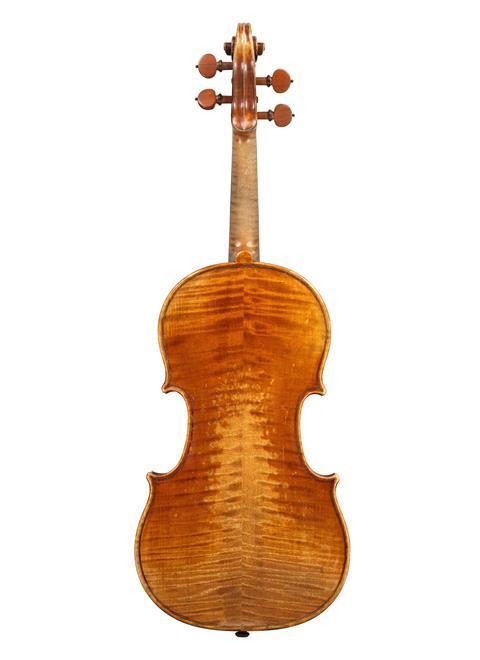
Sydney-born violinist Emily Sun has recently been announced as artist-in-residence at the Adelaide Symphony Orchestra. For the past few years she has been performing on a 1760 violin made by Neapolitan maker Nicolò Gagliano which, she says, ‘has brilliant projection and resonance, perfectly balanced by its sweetness and warm tone. It is incredible for me to draw out the richness in the lower strings, and the higher registers soar with remarkable clarity – a wonderfully large range of tonal colours.’ The violin has been loaned by Beare’s International Violin Society.
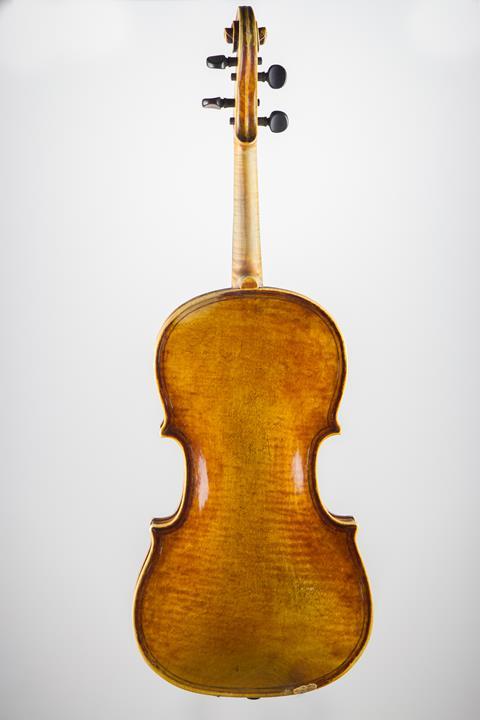
Finally, the c.1709 ‘Scotta’ Stradivari is already familiar to readers of The Strad, being the principal performing instrument of Pekka Kuusisto (see August 2022’s cover story). It is on loan through Tarisio to the Finnish soloist from an Australian collector, familiar with Pekka’s work from earlier Australian tours. Its first known owner was the Danish soloist Frida Scotta (1871–1948). In the 1930s it was sold to Barbara Kempner, who played in the Busch Ensemble, founded in the 1940s by the violinist Adolf Busch, co-founder of the Marlboro Music Festival. The violin was bequeathed to the festival in the 1980s, where it stayed until 2021. During his ‘golden period’, Stradivari made the backs of several of his finest instruments from a single log, cut on the quarter with a striking flame. This violin has a handsome one-piece back with the flame ascending from left to right. According to Peter Ratcliff the front is from the same log as was used for ‘La Pucelle’, ‘King Carlos’, ‘Viotti’, ‘Greffuhle’ and ‘Wieniawski’, all from 1709. The beauty of the violin is matched by its glorious and flexible tonal qualities.
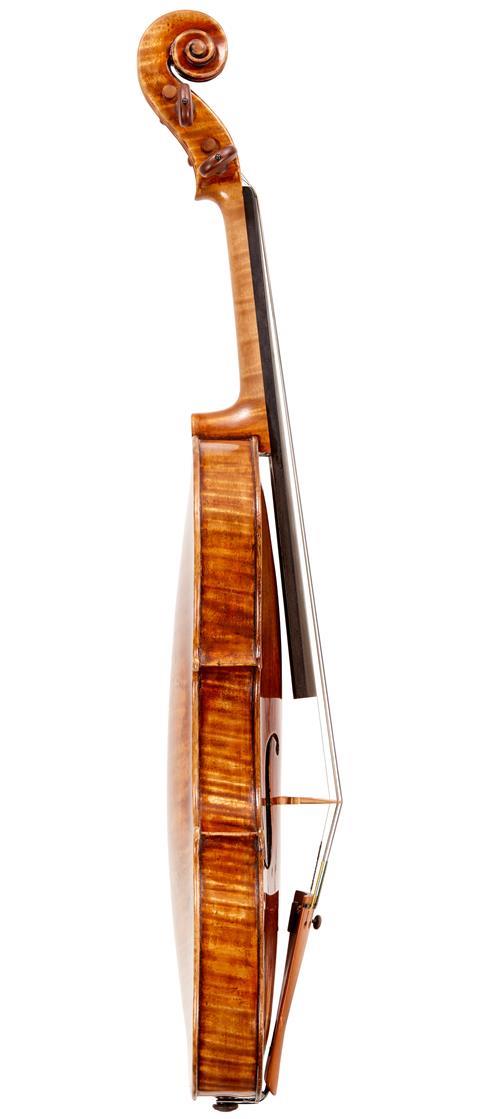
The above twelve instruments represent only a snapshot of the beautiful creations being played in ensembles and by soloists right across Australia and beyond. With such a wealth of creative talent in the world’s sixth-largest country, it seems likely that more and more Australian artists will be playing on fine old instruments before long. The 2023 Calendar pays tribute to all the patrons, benefactors, and above all the world-class string players who call Australia home.
Read: Australian Chamber Orchestra acquires ‘ex-Dollfus’ Stradivari violin
Read: Satu Vӓnskӓ: Life Lessons
Discover more lutherie articles here
Order your copy of The Strad Calendar 2023: The Australian Collection here
-
This article was published in the October 2022 Rick Stotijn issue.
The Dutch double bassist is on a continual quest for original repertoire for his instrument. He tells Kimon Daltas about his new album and collaborative work. Explore all the articles in this issue
More from this issue…
- Rick Stotijn
- The Viennese Double Bass
- Scottish Fiddle Dance Music
- Rachel Barton Pine
- Developing your own sound
- The Strad Calendar 2023
Read more playing content here
-
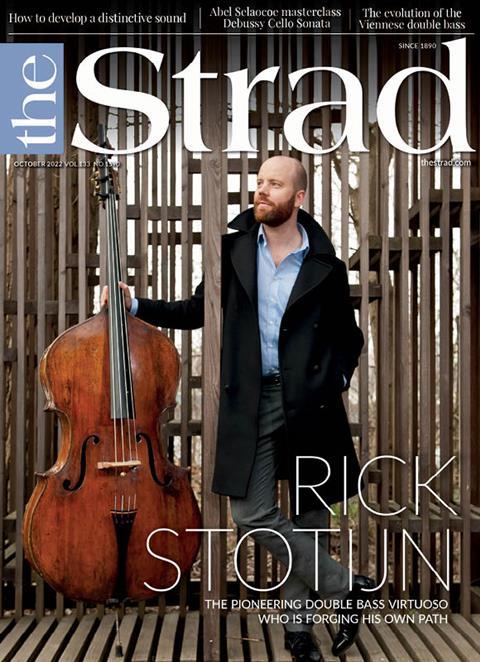
‘Spectacularly colourful, loud and proud’ - The Strad Calendar 2023: The Australian Collection
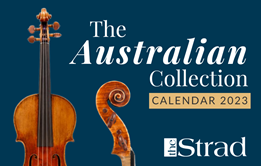
The Strad Calendar 2023 showcases twelve fine instruments owned or played by Australians.
 Currently
reading
Currently
reading
‘Spectacularly colourful, loud and proud’ - The Strad Calendar 2023: The Australian Collection
- 2
- 3
- 4
- 5
- 6
- 7
- 8
- 9
- 10
- 11
- 12
- 13


































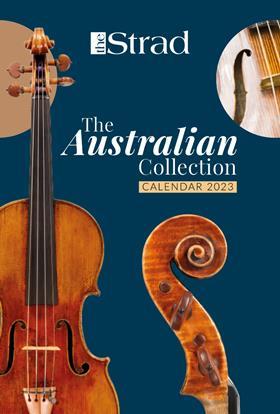
































No comments yet